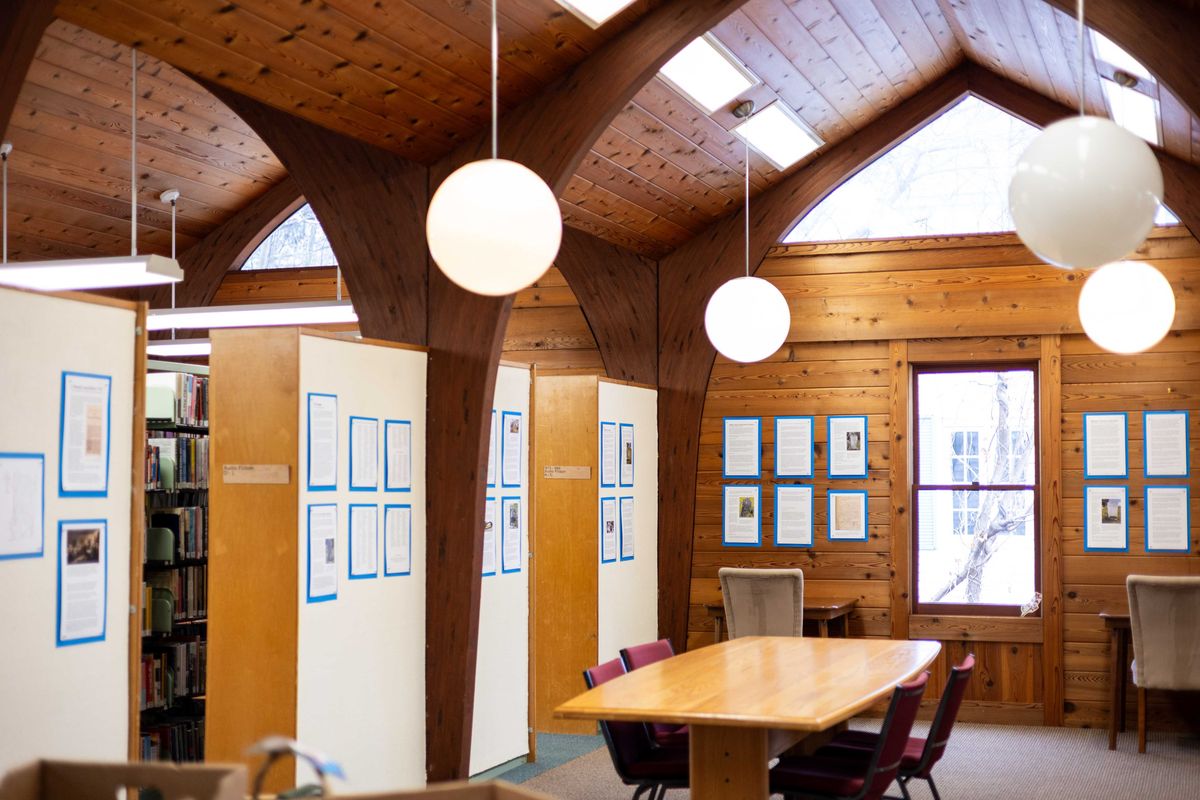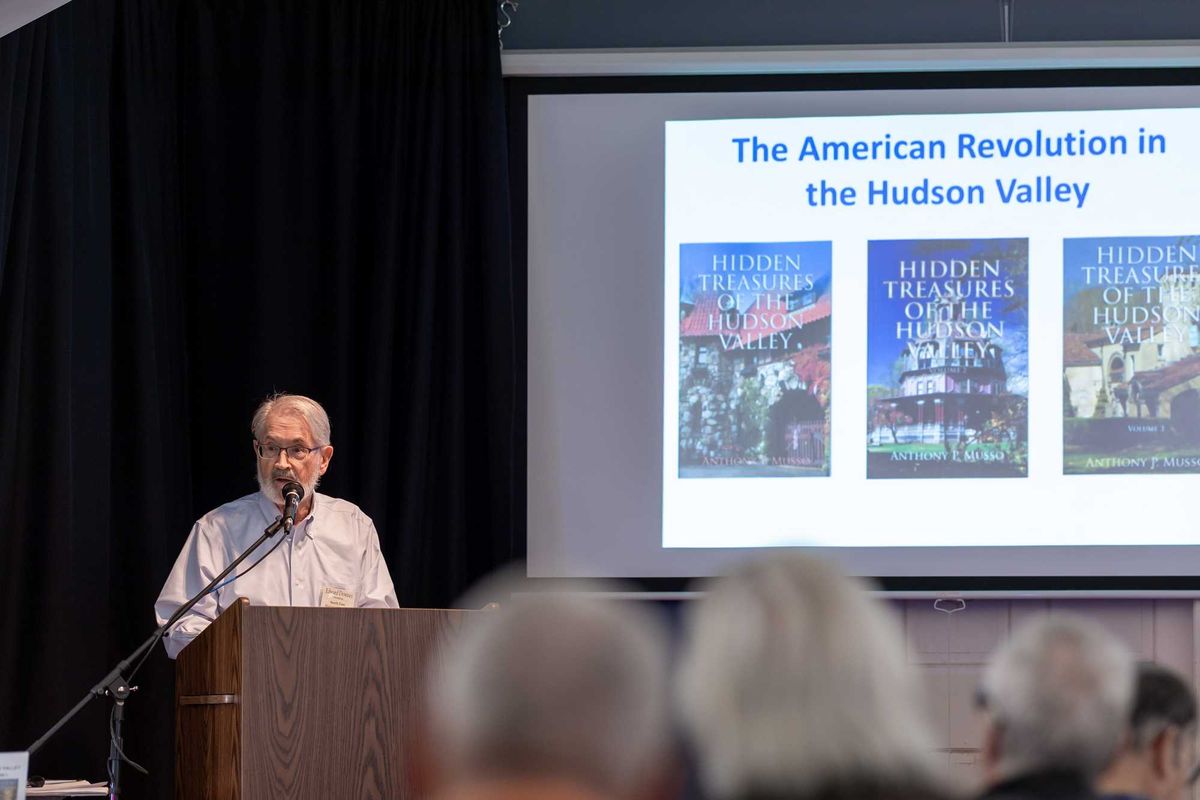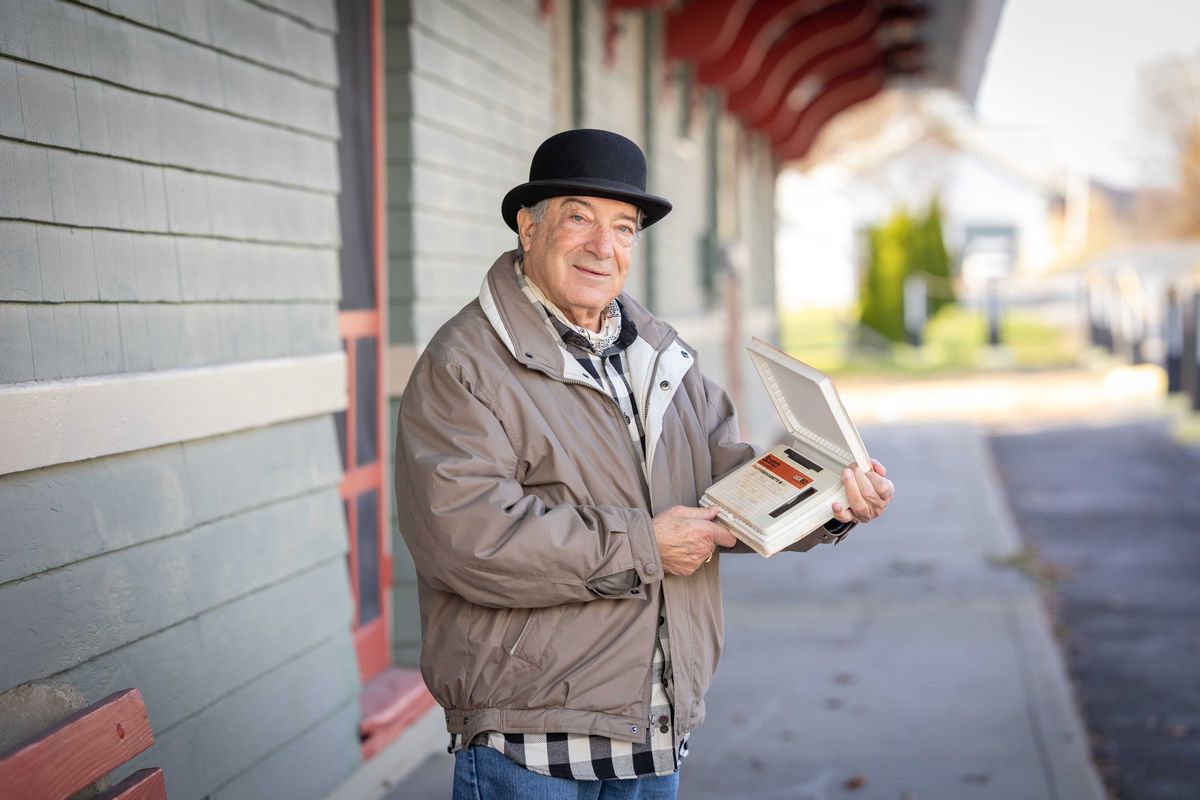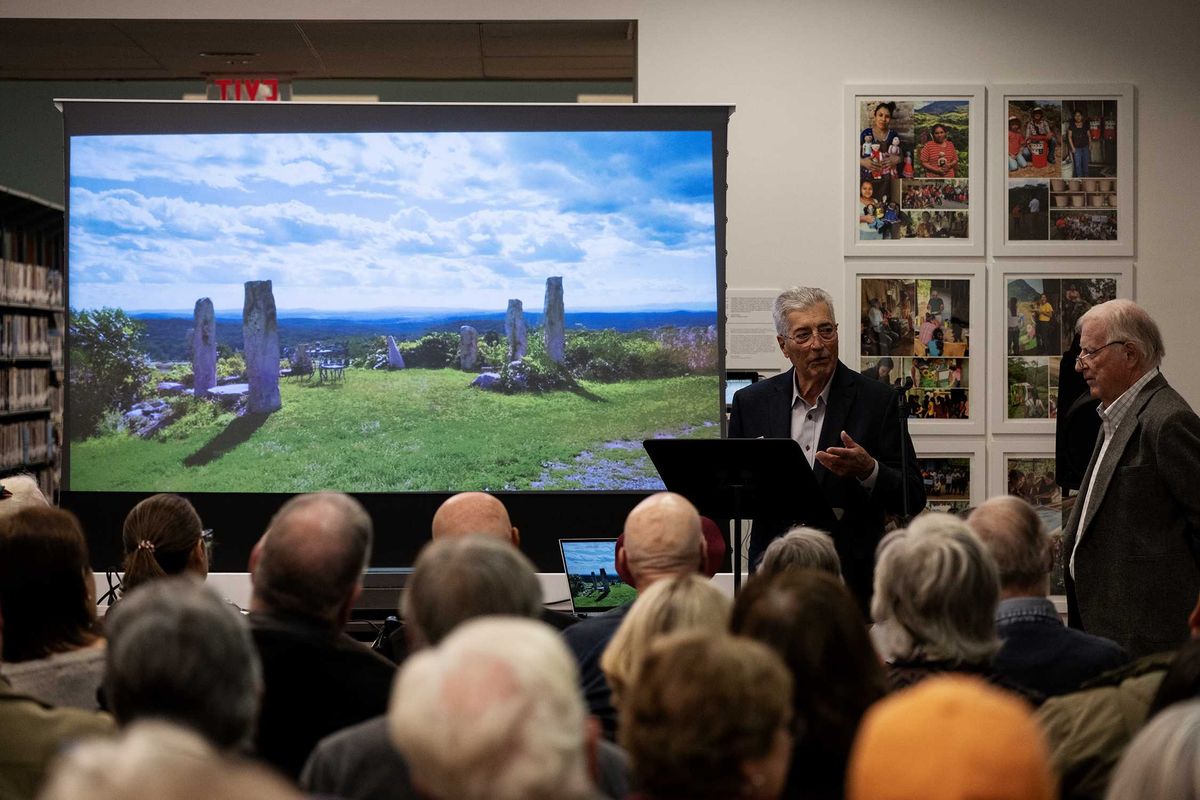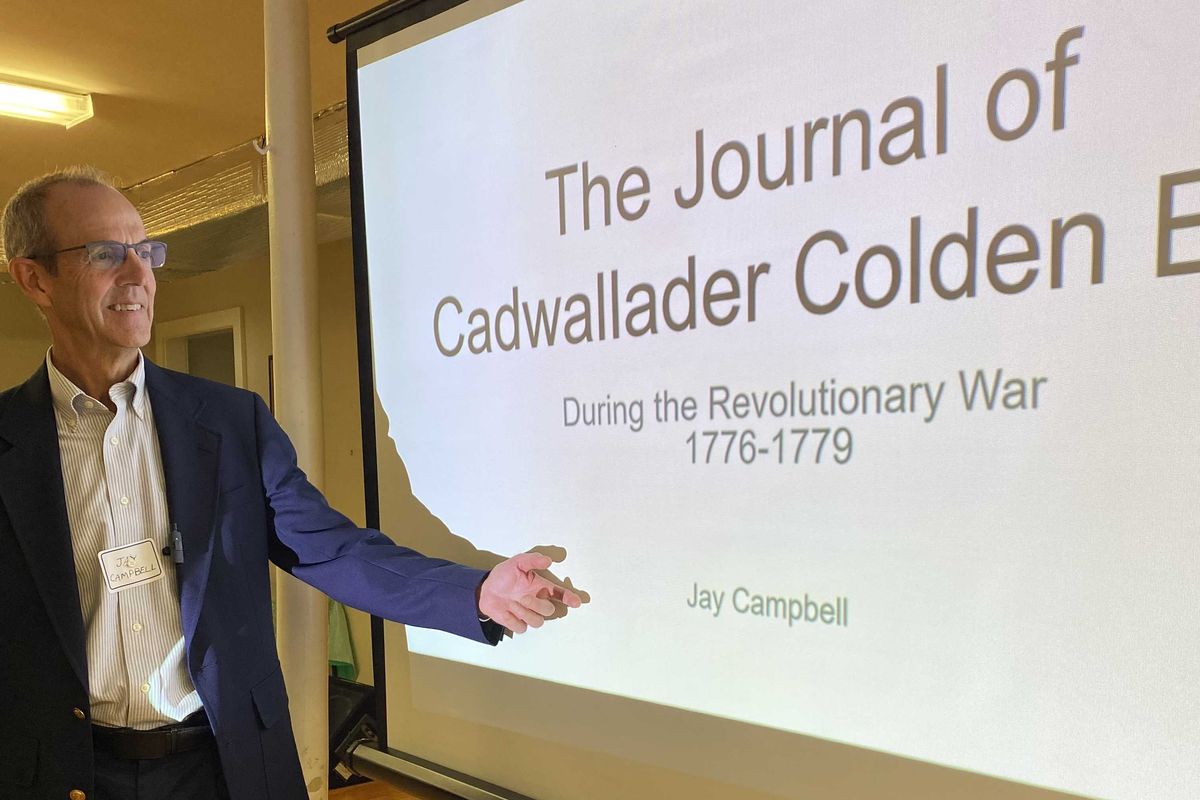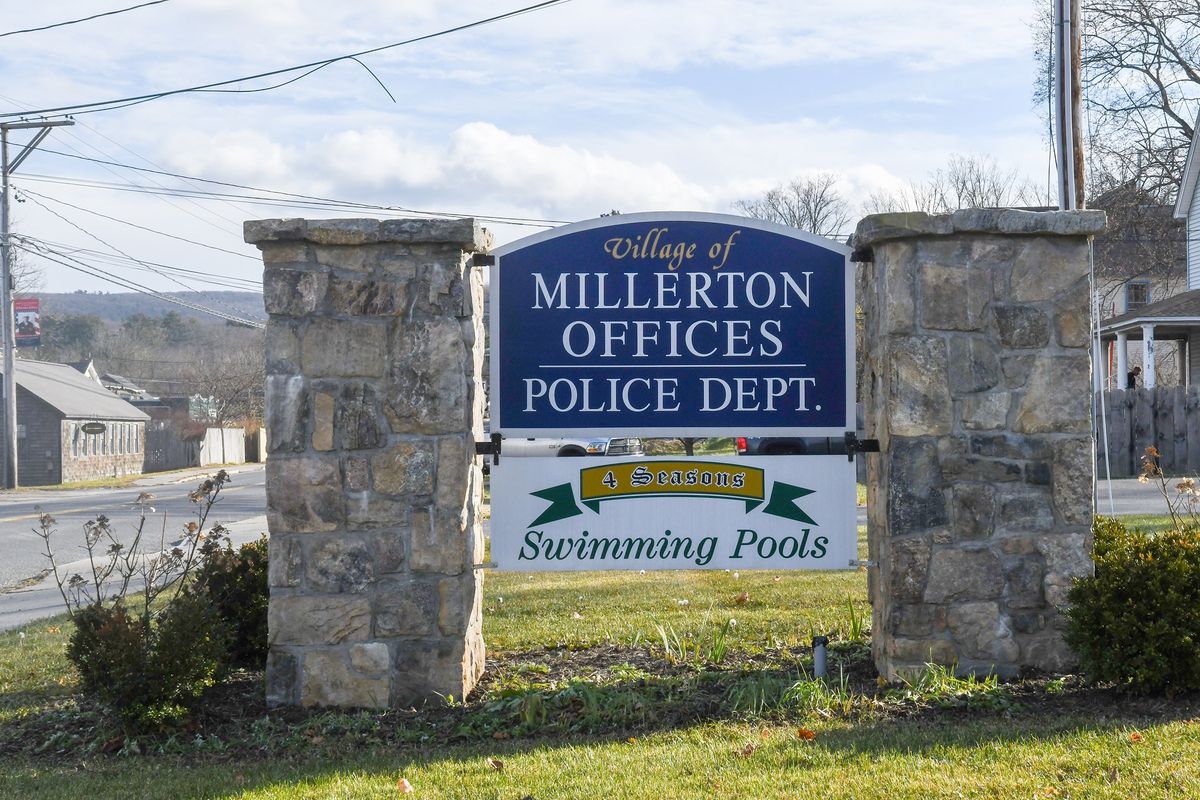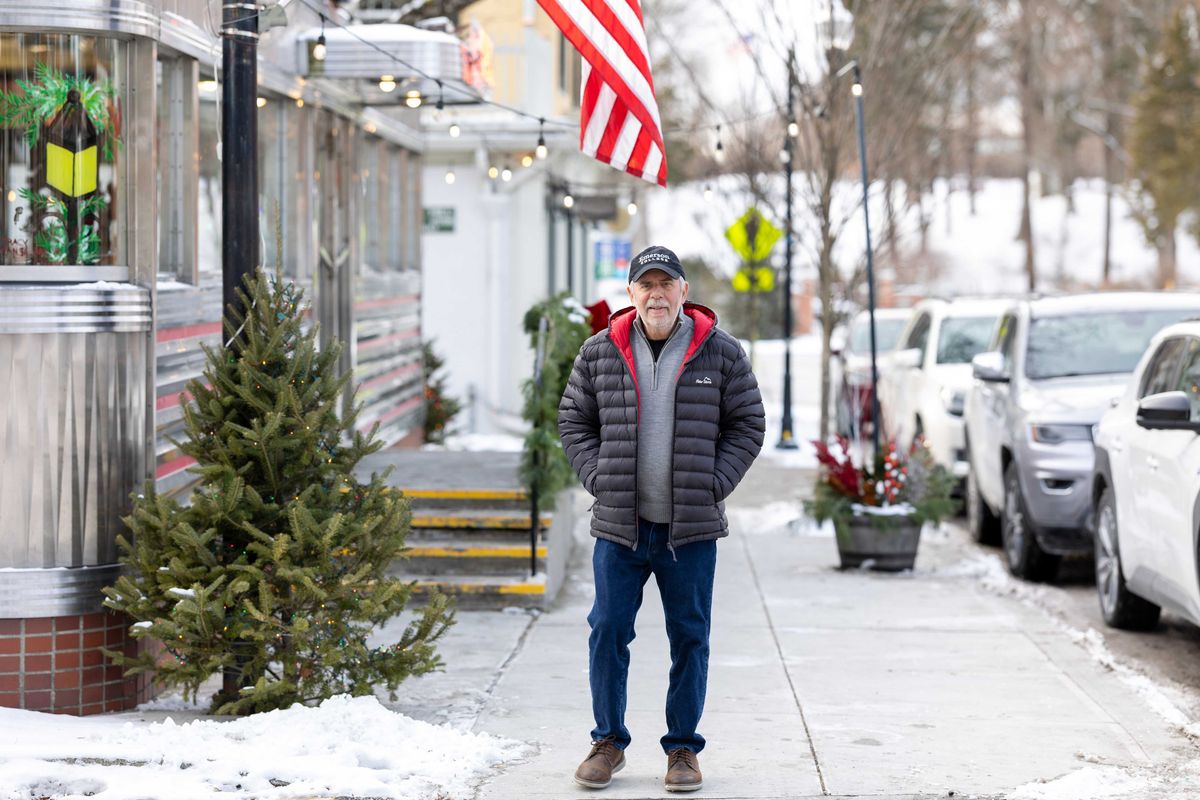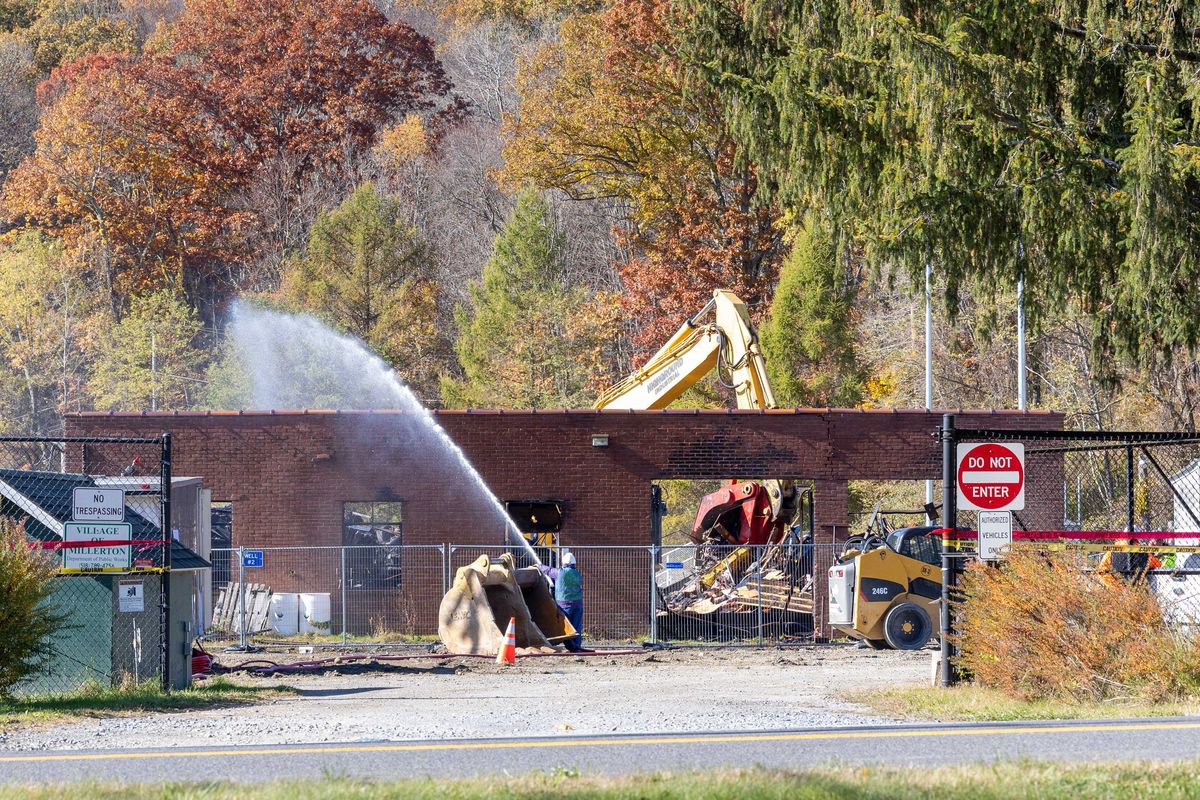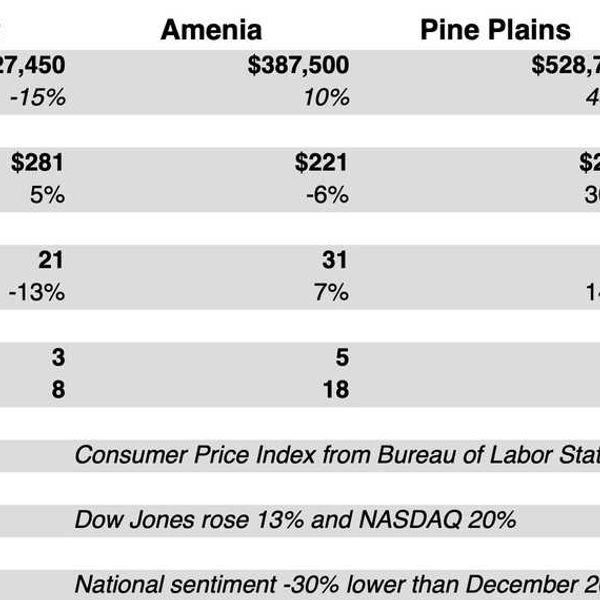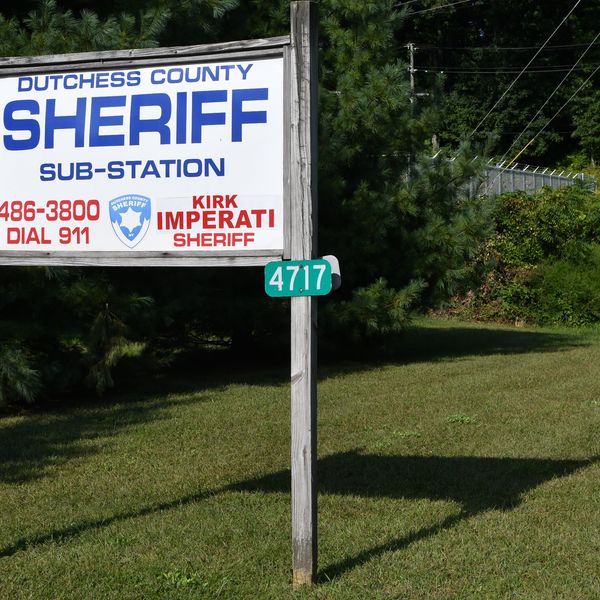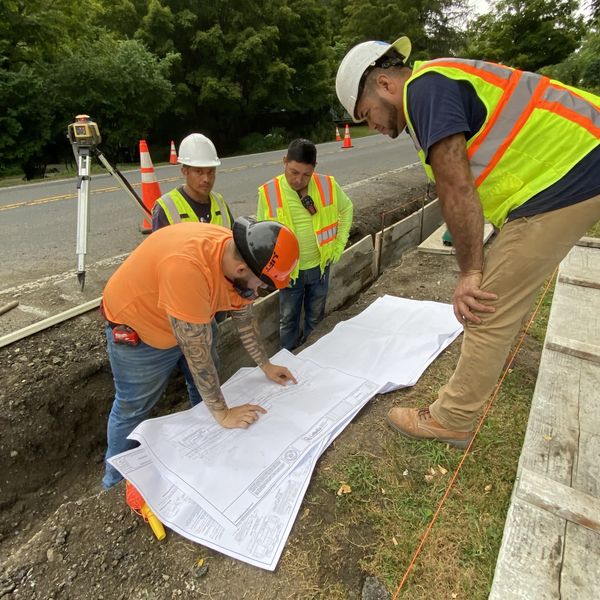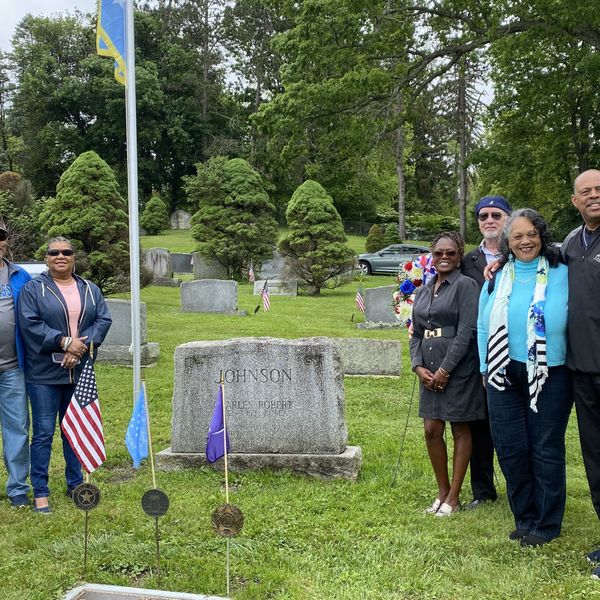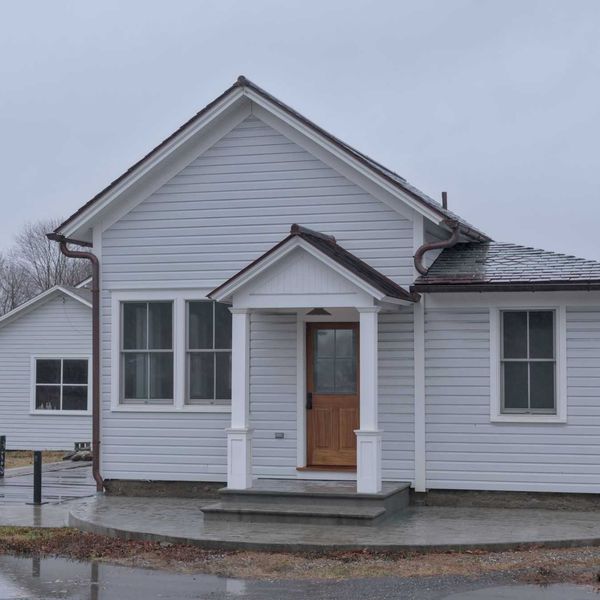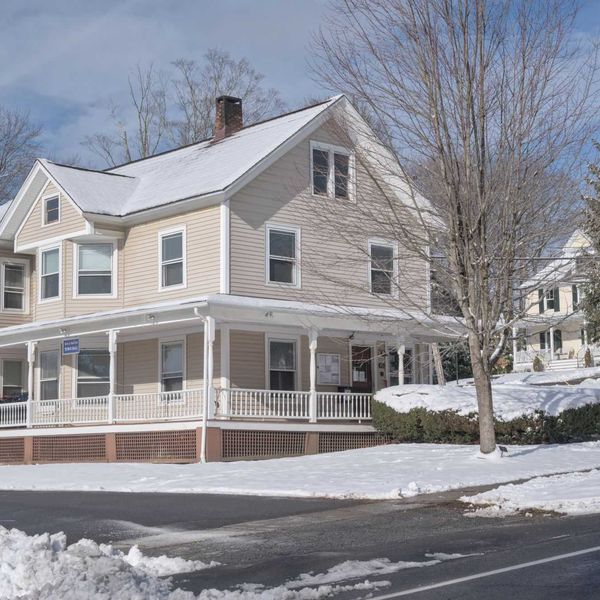Farming North East through the dairy decades
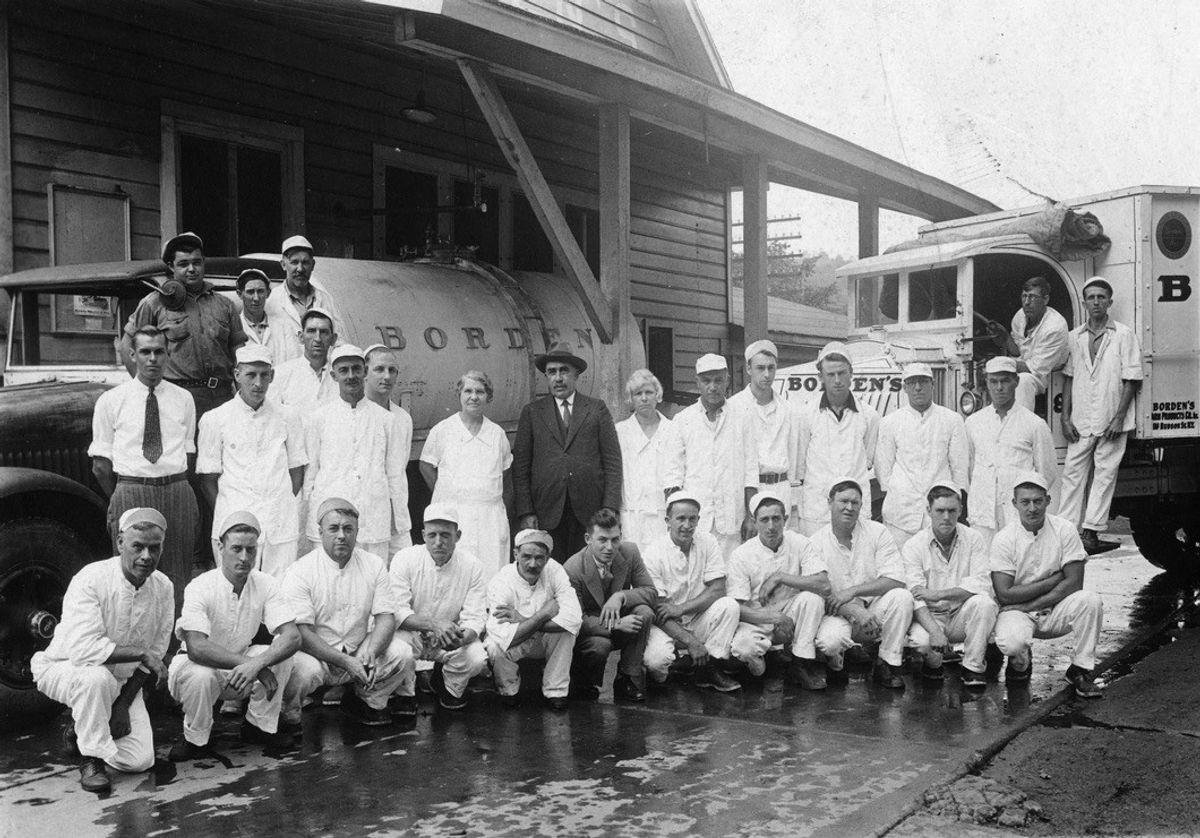
Borden’s Milk Plant, Millerton, N.Y., October 1932. Front: Bill Crawford, Russell Snyder, John Canevari, George Snyder, Chas Teater, Eddie Franks, Jim Garrison, John Myers, Les Seamah, Herb Plows, John Patton. Second row: Ben Dietweiler, John Miller, Ralph Bathrick, Charles Howland, Anna Cook, William Bates, Josephine Best, Tony Mechare, Lous Canevari, Vin Crawford, John Haines and Superintendent Fred Evans. On truck: Clayt Marks, Charlie Hanley. Third row: Driver unknown, from Canaan, Ross Maxwell, John Silvernail and Bob Brizzie. Not present: Fred Morgan, Bob Burns.
North East Historical society
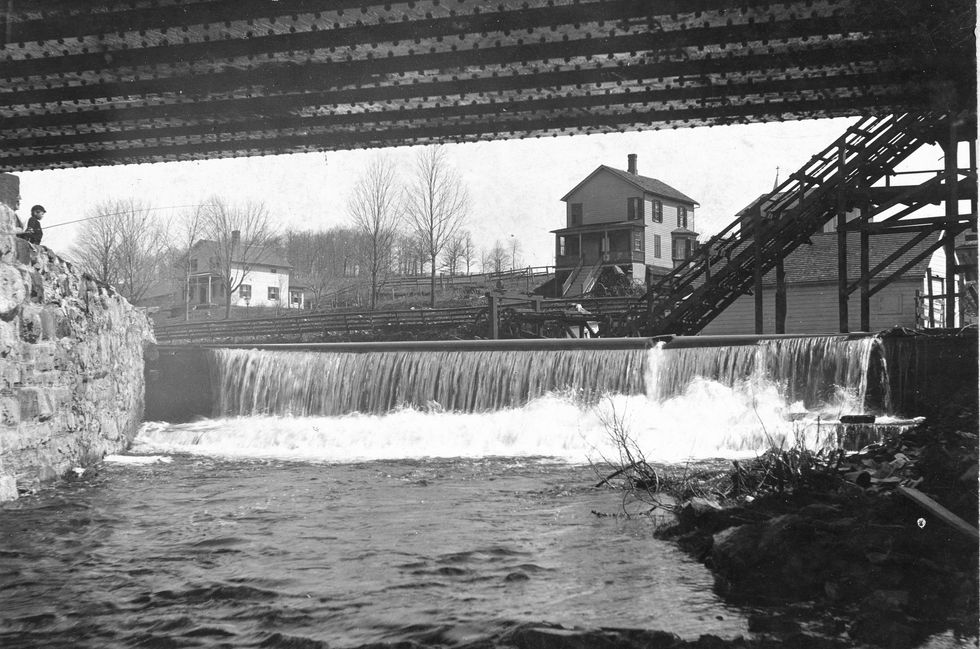 New York Condensed Milk Factory Pond and Dam west of North Center Street in Millerton with a boy fishing on the left, April 16, 1897.North East Historical society
New York Condensed Milk Factory Pond and Dam west of North Center Street in Millerton with a boy fishing on the left, April 16, 1897.North East Historical society